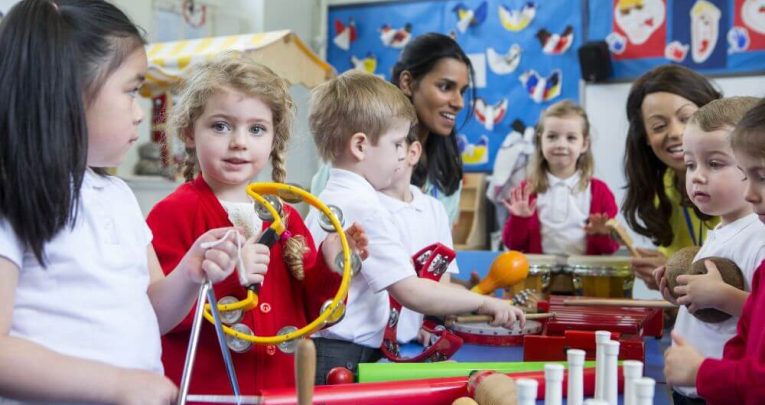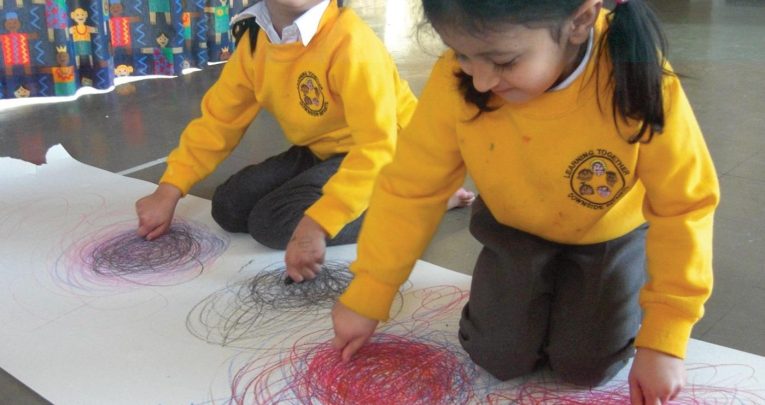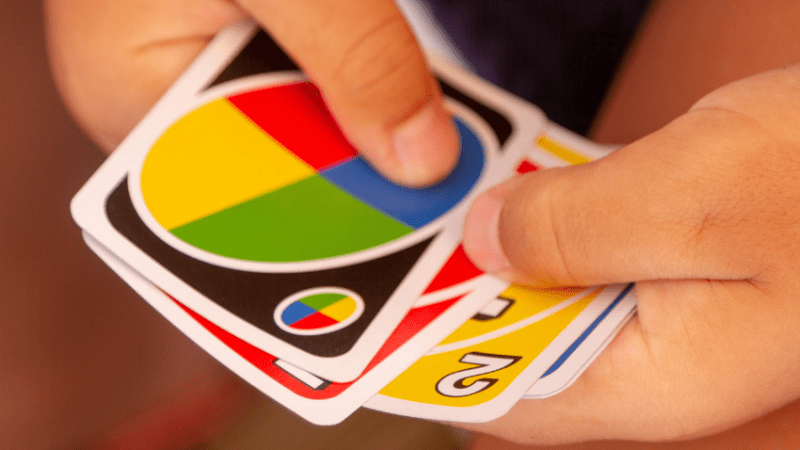How to use technology in music lessons to provide memorable learning experiences
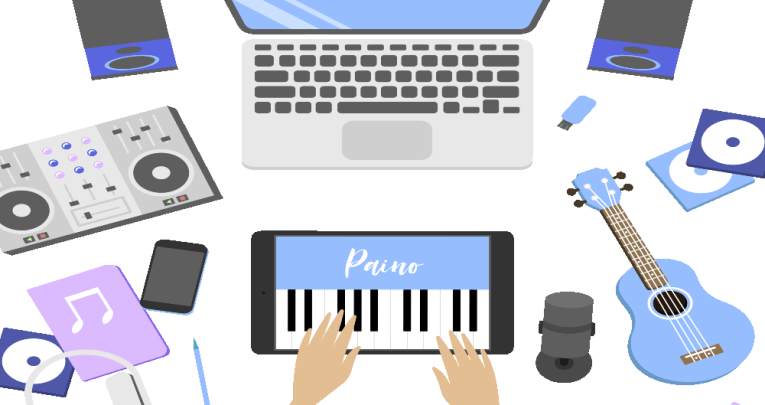
Technology can create memorable learning experiences in music lessons and provide the perfect platform for your passions, says Glenn Carter…

- by Glenn Carter
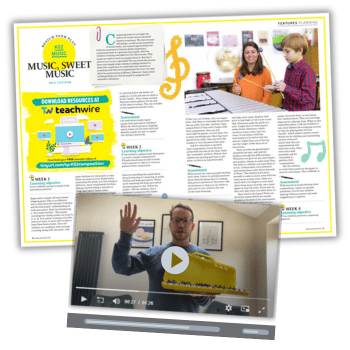
If you think back to your most memorable lessons in school, what would they be? Mad professor style science experiments? Learning to play instruments? Or even listening to your teacher talk about a subject with passion?
I became a teacher because I want to make a difference to the lives of children. I want to encourage pupils to have dreams and aspirations, not just teach them how to do well on a test paper.
Attainment is extremely important, but we also need to recognise the value in creativity and using available resources to engage pupils in their learning. We know pupils learn best when they are immersed in experiences.
Creative subjects might have got a little lost among a focus on literacy and numeracy, but as teachers, we need to remember to utilise our passions and interests to deliver lessons that will have a long-lasting impact on students.
As a Y5 teacher and history lead, I love my specialist subject, but as an avid musician I also have a real passion for music. I thrive on creating learning experiences that pupils will remember and being as adventurous as I can. If I encourage just one pupil in a lesson to think outside the box and instil a desire in them to pursue a career in music one day, then the lesson was worthwhile.
To be able to innovate in the classroom and create memorable learning experiences, teachers have to be able to try new things – and also encourage pupils to try something new and take risks.
Opening doors to music
The primary music curriculum as it stands is quite vague, and while some might think this makes music challenging to teach, it actually gives teachers so much scope to conduct lessons in engaging ways.
As long as you can prove that you’re meeting the criteria set out, you can deliver it in any way you wish.
Another challenge for in teaching music can be the provision of instruments and resources, as instruments and music books often come with a hefty price tag. However, technology gives you access to more resources than you might realise.
Creation through edtech
At Ingleby Mill Primary School, in addition to playing music in a traditional sense using standard instruments, we frequently use apps on our interactive panel and tablet devices to learn about sounds and composition.
There are so many apps available that can demonstrate the sounds of a range of instruments that you might not have in the school – just look in the app store!
At Ingleby Mill Primary School, one of our favourite apps acts like a huge synthesizer, allowing us to play a range of MIDI sounds to simulate instruments ranging from drums to violins and guitars.
We have a big 75-inch interactive keyboard up on the panel at the front of the classroom, which helps pupils to see what notes are being played and the sounds they make.
This turns the lesson into a collaborative activity where groups can come up to the panel and play together, showing how music is layered.
After demonstrating to the class what they need to do, the children can then put this into practice on their tablet devices.
Creative compositions
Technology also makes it easy to compose music through the use of software. Just because a pupil might not be able to play an instrument in the traditional sense, it doesn’t mean they can’t compose music.
There are a wealth of apps that are useful for showing how different instrument sounds are combined.
Pupils can work on their own tablet devices to create short pieces of music by layering sounds of different instruments and then play their compositions back to the class through linking their device to the panel – sharing their work and showing a visual representation of how they have created sounds.
Modern and familiar
The children are fascinated to see how modern music is actually made using common studio techniques. We have even used autotune to make an audio of myself singing badly – which, as you can imagine, the pupils thoroughly enjoyed.
Pupils love music most when they are familiar with songs. The freedom in the curriculum allows teachers to use music they know pupils like, and lessons can be created around these by using technology to isolate particular parts and adapting them.
But, of course, it isn’t all about new songs. We have to make sure music is presented in different forms, but the freedom in the curriculum allows us to mix and adapt various styles using apps as part of learning.
Mixing passions
Another way to create an engaging learning experience is to use your other passions in a musical context. As a history lead, I often like to make historically themed rock songs to make history lessons more creative. I then share these with other teachers on my History Rocks YouTube channel.
Reflection
With changes set to broaden the educational offering of schools, it’s an ideal time to reflect on the value of creative subjects and how best we can deliver more without having to drastically increase workload. Don’t ignore the power of technology to help you deliver a memorable learning experience.
5 ways to bring music to life through technology
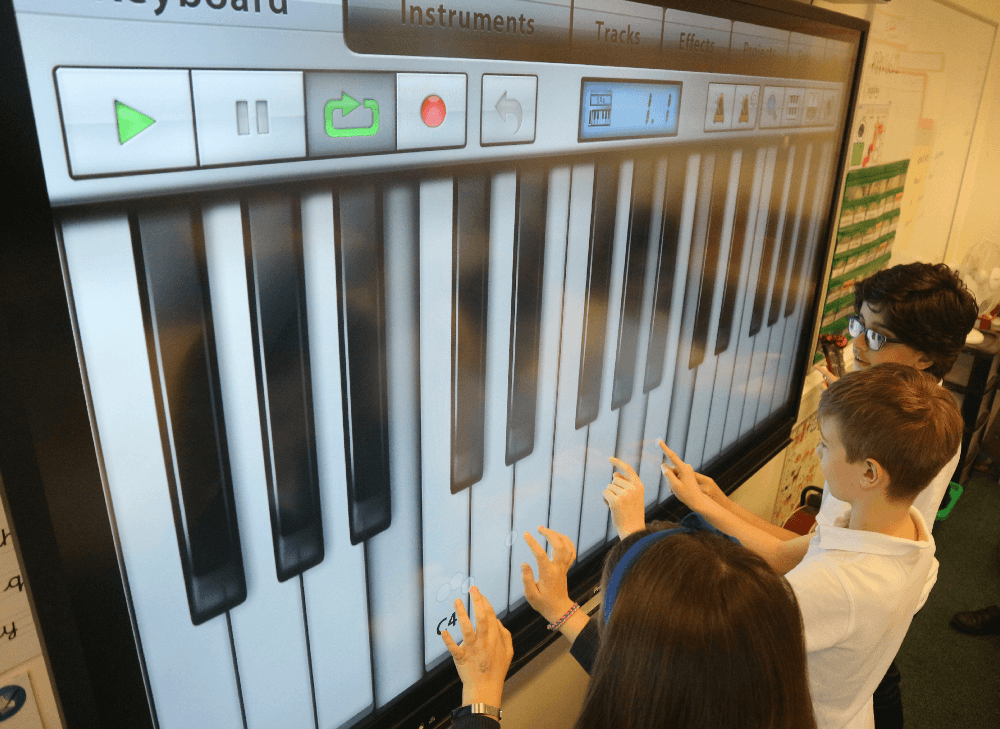
- Broaden your instrument offering
Purchasing musical instruments comes with a significant price tag but by using edtech, pupils can access and layer the sounds of a range of instruments using a synthesizer app on their tablet devices or class interactive panels. This is great for exercises on identifying instrument sounds. - YouTube videos
While watching videos of musicians on YouTube might not seem the brightest of ideas, we must remember this is the kind of thing that inspires the children of today. Sparking interest and passion for a subject will improve participation and engagement. - Incorporate music into other subjects
Cross-curricular skills are extremely important. Recording songs about topics in a variety of subjects can help pupils retain information. More complex or ‘dry’ topics can become easier to understand and more fun to learn. - Make music collaborative
Traditional music practice encompasses collaborative participation, but this can be lost where schools don’t have many instruments. By using edtech you can encourage pupils to work on compositions together and share them with the class. Even using interactive displays to model concepts is an excellent way to encourage whole-class discussion. - Inspire the next generation of producers
There are a range of free apps and software available that can allow pupils to create music using professional interfaces. Not all musicians have to be musically talented in the traditional sense – producers often have an incredible understanding of musicality.
Glenn Carter is a Y5 teacher and history lead at Ingleby Mill Primary School, recipient of the Teacher of Excellence Award and a Promethean Advocate.



